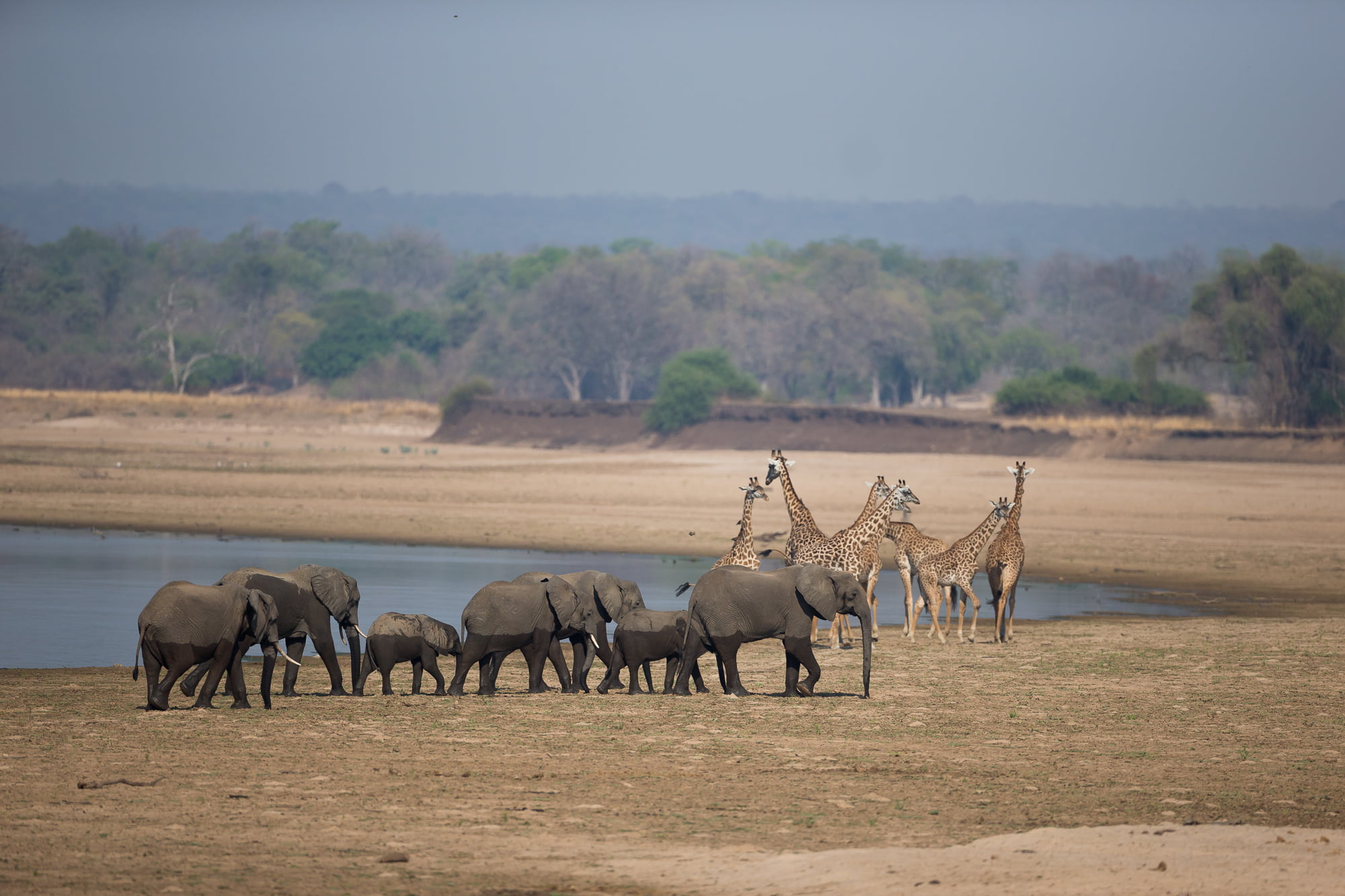Zambia to me is home in Africa. Spending four years living and working in this stunning country gave me memories to last a lifetime and with friends still in the country it tends to be my default country when thinking of a personal holiday. This, together with the wonderful pamphlet ‘Kasanka. A Visitors Guide to Kasanka National Park’ from 1992, which came across my desk, has given me inspiration to take a deep dive into Zambia’s National Parks – both those which would be considered to be well-known, to those lesser-known gems which Zambia has many of.
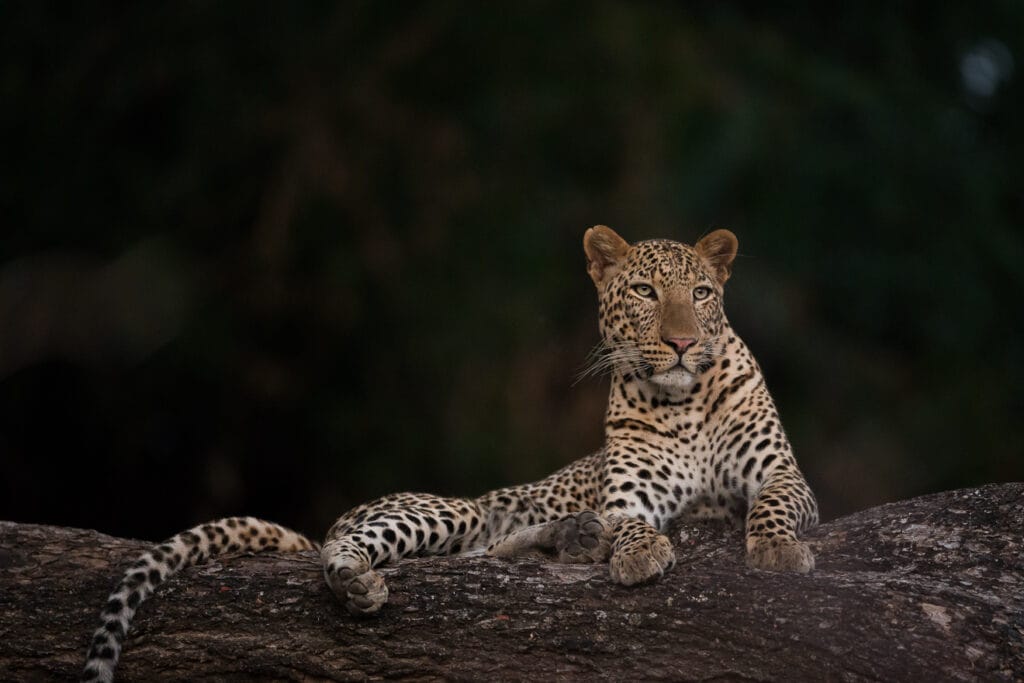
South Luangwa National Park
One of the jewels in the crown of Zambia, this national park was home during my time in the country. There is very good reason it has the moniker ‘Valley of the leopards’, it is unusual not to see at least one during a safari here. Unusually for Africa, Zambia allows night drives inside the national parks, increasing the opportunities to see many of the nocturnal species including leopards, lions, civets, genets, porcupines, owls and nightjars, to name a few.
Covering 9,050 sq.km, the park is home to over 60 species of mammals with large prides of lions and herds of buffalo and elephant a common sight. Thanks to conservation efforts it is also becoming a stronghold for the critically endangered African wild dog. Other key species include giraffe, zebra, baboon, warthog, puku and plenty of other plains species. An anomaly with the park is the number of distinct sub-species found here – the giraffe, zebra and wildebeest are all endemic to the park.
With almost 450 bird species this is a birders paradise and alongside the resident species, the park also plays host to two spectacular events; carmine bee-eaters nesting in the river banks every August – October and the largest yellow-billed stork breeding colony in Southern Africa.
The Luangwa River, untouched by man at any stage along it, is the life-blood of the park creating vital ox-bow lagoons which provide water for the wildlife for much of the year. Regarded by many as the ‘home’ of the walking safari, this legacy of a pioneering few continues to this day. Offering an insight to the smaller things often overlooked when in a vehicle, this is an exhilarating way to experience the bush.
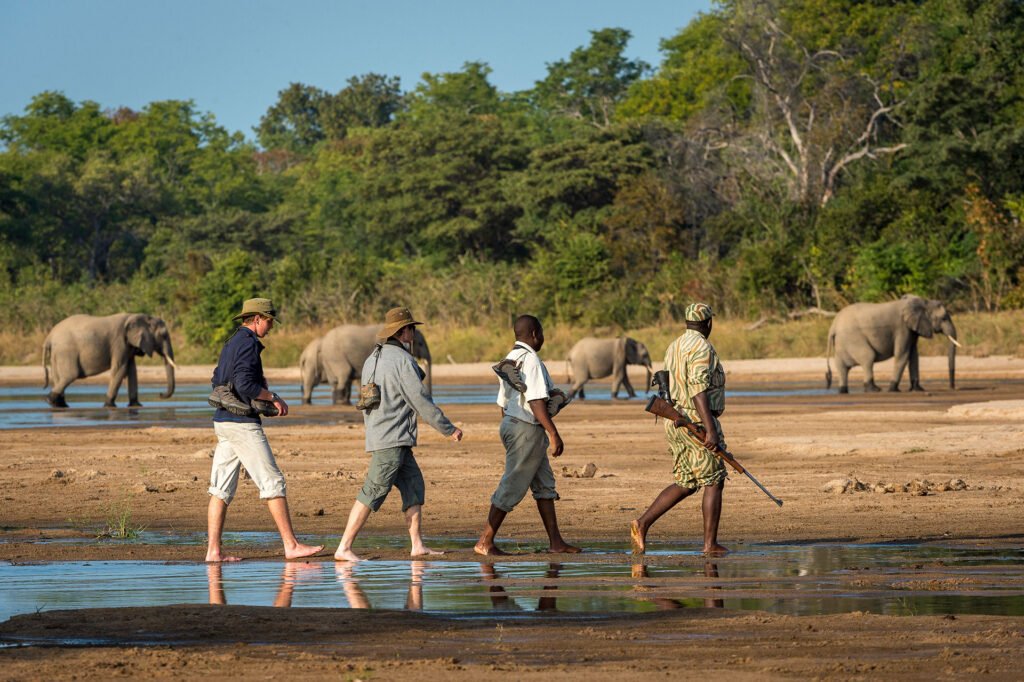
Lower Zambezi National Park
On the northern banks of the Zambezi River and across the river from Mana Pools in Zimbabwe, is this pretty little park. Framed by the escarpment behind, most of the wildlife in this 4,092 s km park is to be found on the relatively small area between the river and the hills. Totally unspoilt, this remote park offers a combination of wonderful wildlife viewing with additional activities ideal for the more adventurous.
You can expect to find plenty of wildlife here including large herds of elephants, zebra, leopard, prides of lions and plenty of hippos and crocodiles alongside the plains species. Birdlife is prolific – over 400 bird species have been recorded in the park, including many waterbirds such as kingfishers and fish eagles.
Like many of the national parks in Zambia the principal activities here are walking safaris and day and night game drives. However, with the addition of a river which is navigable throughout the year due to the Kariba Dam, activities such as boat trips become possible, adding a different perspective to wildlife viewing. It is also one of the best areas of the Zambezi River to try your hand at Tiger Fishing, considered by many to be Africa’s most exciting fresh-water sports fish.
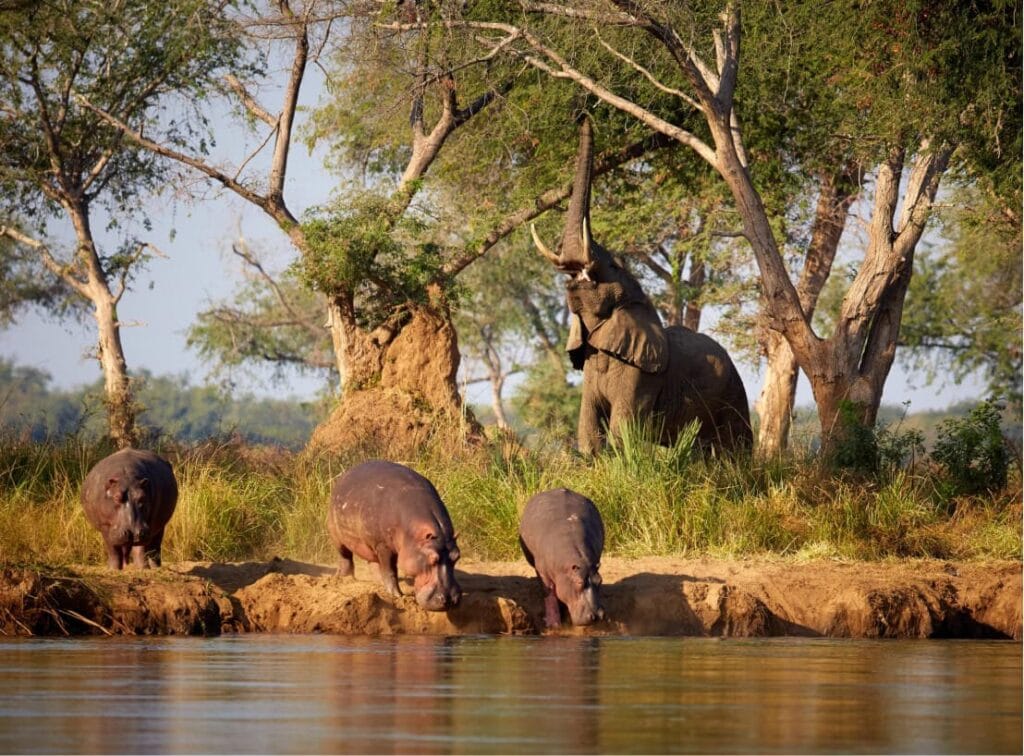
Kafue National Park
A lesser known national park, Kafue is also Zambia’s largest and oldest national park. It covers a massive 22,400 sq and due to its size has many different habitats throughout it including seasonal floodplains, woodlands, and Lake Itezhi-Tezhi in the south. The prime wildlife viewing area are the Busanga Plains, which can be found in the north of the park. Inaccessible in the rains, they teem with life in the dry season with prides of lion, plentiful red lechwe, cheetah, roan antelope, zebra, wildebeest and much more besides; it has the largest variety of species than any other national park in the country.
It is another birders paradise and thanks to the diverse habitats to be found here, over 500 different species of birds have been recorded – to put this into context just over 900 species have been recorded in the whole of Europe. Notable species include the Pel’s Fishing Owl, wattled and grey crowned cranes and Zambia’s only endemic bird – the Zambian (or Chaplin’s) barbet.
With walking safaris and day and night game drives on offer, boating trips are also possible from some camps located on a river. It is a rich and diverse national park and well-worth taking in on any safari to Zambia.
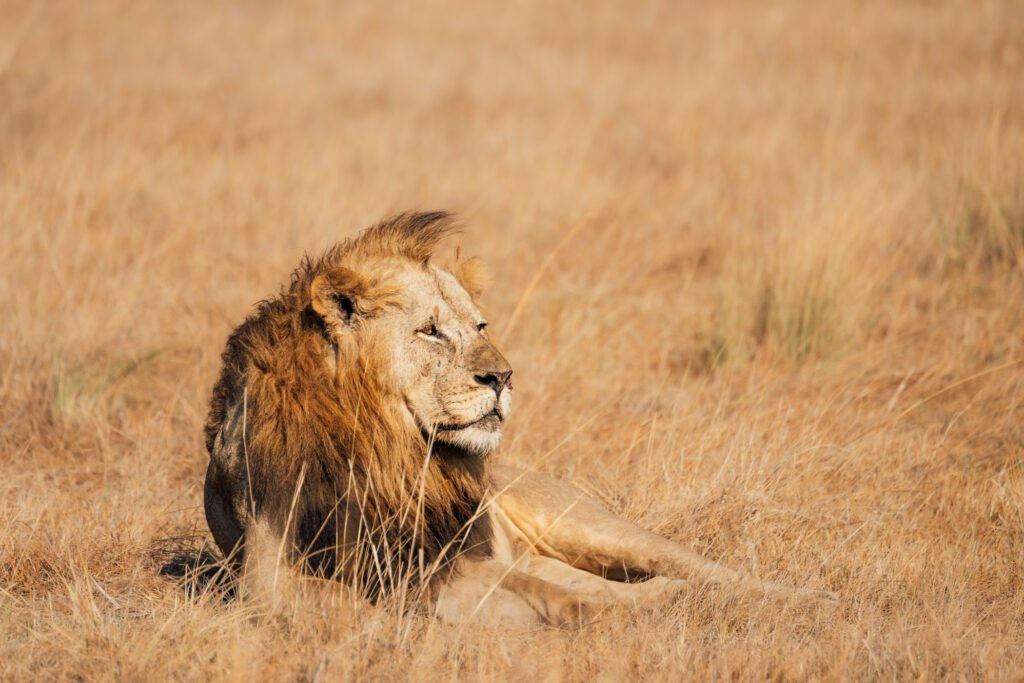
Kasanka National Park
Outside of safari circles, and perhaps those with an interest in bats, this national park is almost unknown. Privately funded, and managed, by The Kasanka Trust, it is entirely reliant on tourism income and charitable funding. This small national park – it is approx 450sq km, is most famous for the annual bat migration. This is the largest mammal migration on earth with around 10 million fruit bats descending on the national park between November and December each year. They come to feed on a particular forest of trees within the park and is a true wildlife spectacle.
Away from the bats the national park offers habitats including wetlands, rivers, forests, meadows and lagoons and is a stronghold of the Sitatunga antelope; an elusive, shy and rare antelope a special hide has been constructed to offer visitors the best opportunity of seeing one. Wildlife is plentiful – but never in large numbers – and you can hope to see Liechenstein’s hartebeest, puku and reedbuck amongst other species. Despite it’s small size, the park boasts over 330 different species of birds with notable species including the Pel’s Fishing Owl, Pygmy goose and Ross’s loerie.
The joy here is the variety of activities – whether you are in a hide waiting for a sitatunga or marvelling at the bats overhead, there is a feeling of it being untouched – and it is very much off the beaten track. Whilst much is unchanged since the pamphlet was published in 1992 – the numbers of wildlife seen have increased dramatically. A sure sign that the conservation work being undertaken is working wonders.
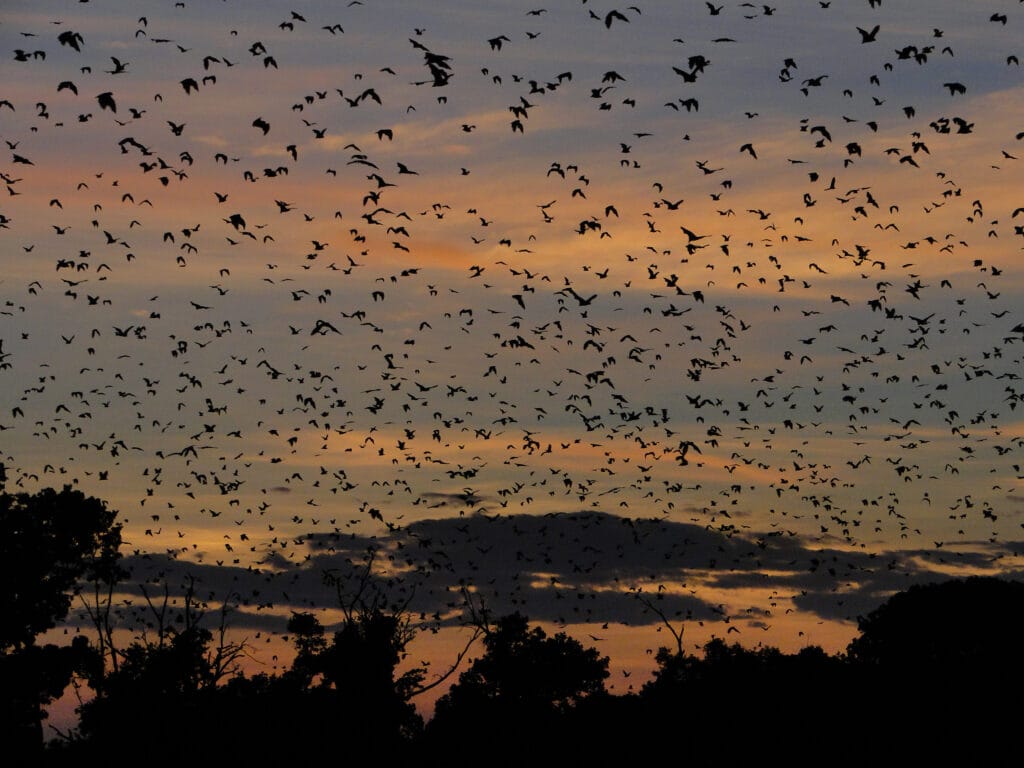
Liuwa Plains National Park
As I wrote in a previous post, this is a national park that stays with you forever. Under-visited, in part due to its location making it more challenging to access. At only 3,600km2 and bounded by two rivers, the Luambimba and the Luanginga, it is located in the Upper Zambezi flood plain.
Every year the plains flood with the 100m wide Zambezi River becoming a 40km stretch of islands, water, reeds and swamp. During this time it plays host to the second largest wildebeest migration in Africa, when, at the start of the rains in November each year around 40,000 – 50,000 wildebeest migrate to higher ground in the south. Unusually, the hyena is the apex predator in the area with lion, cheetah and wild dog also seen.
Often seen as one of the earliest examples of conservation in Africa, the King of Barotseland appointed his people the guardians of the land in 1880. It wasn’t until 1972 that it formerly became a national park. The Barotse people are very much part of the national park today with over 10,000 people living inside the national park. Every year, one of the most photogenic ceremonies takes place when the King and his Queen are transported by barge from the flooded plains to higher ground.
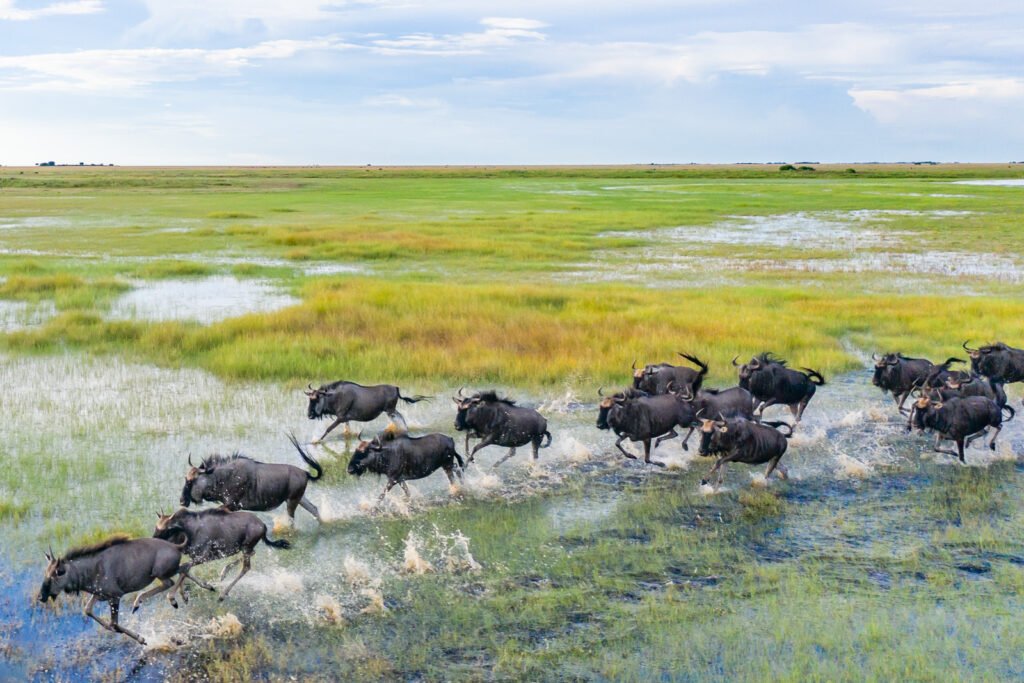
North Luangwa
Smaller than it’s more well-known cousin, and in contrast to it, this lesser-known national park is more difficult to access, has fewer camps in it and in many ways feels wild and untouched. With strong populations of elephant, buffalo, lions, leopards and herd of black rhino, it is a national park with a huge amount to offer.
The Luangwa Valley used to have a number of rhino until they were poached out at the end of the 80’s. With huge conservation efforts black rhino were re-introduced into the North Luangwa in the early 2000’s and the population is not only stable it is steadily growing.
Due to the remote nature of the park, and with few bush roads, walking safaris are the main activity. With no self-drivers, or camping allowed, there are few, if any, vehicles in the park making for a true wilderness stay.
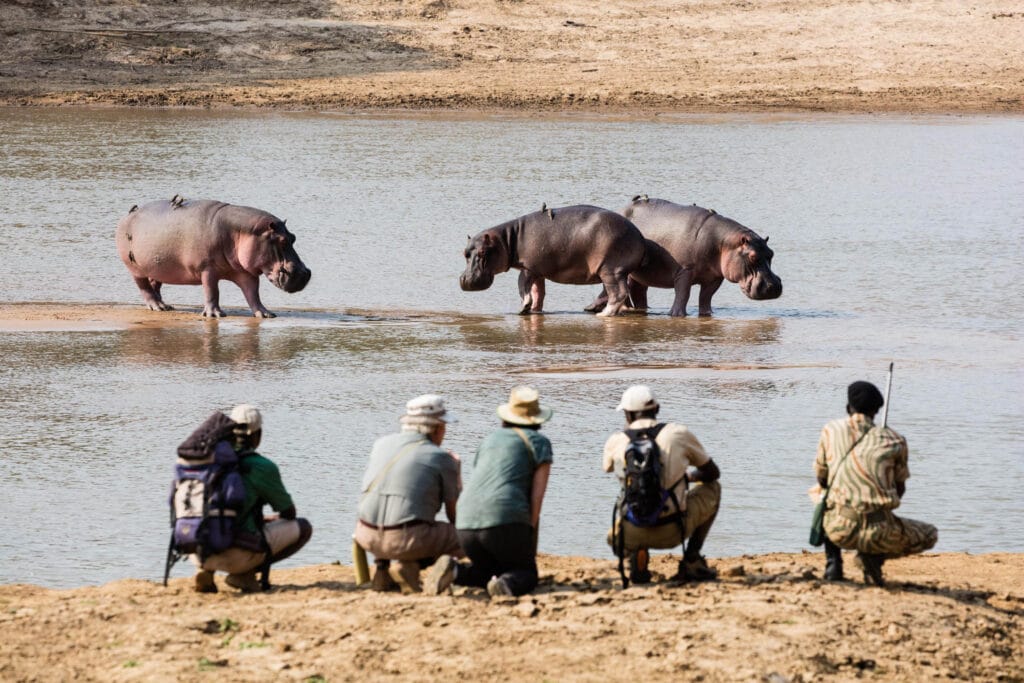
If you would like to start planning your holiday to Zambia, or any other country in Africa or the Indian Ocean in 2025 or beyond, please do get in touch with Lucinda and she would be delighted to help.
